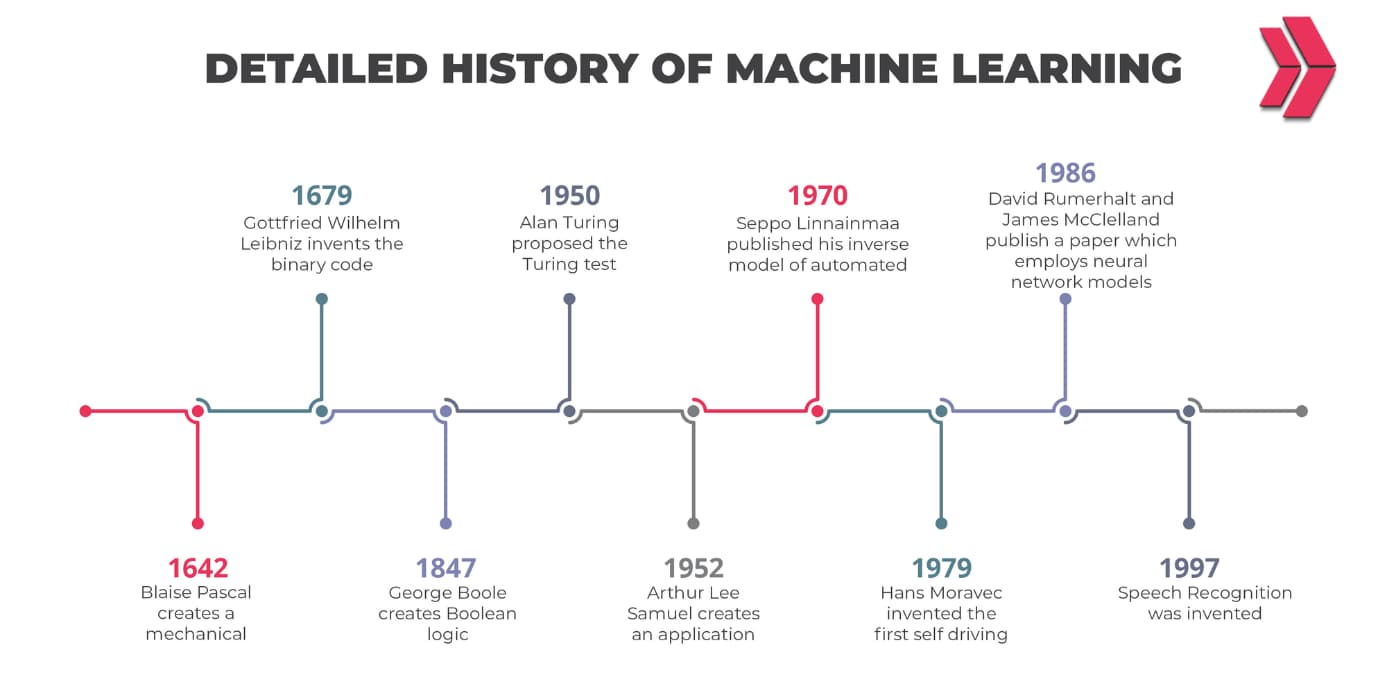Do you realize how much data is produced daily? a minimum of 2.5 quintillion bytes! (That’s 500 petabytes in addition to two exabytes.) This data is about big data. Data migration to the cloud can be difficult and time-consuming.
Engineers moving data manually through the phases of assessment, mobilization, and migration would require years to complete. What ideas or plans do you have for storing this massive amount of data? Can you foresee the length of time it will take to transfer data to the cloud?
With so much data available, cloud migration is the perfect answer for businesses today, but which service should you use? Amazon Web Services (AWS) offers the solution. The Database Migration Service (DMS) was made available by Amazon Web Services in August 2016. Oracle, MySQL, Postgres, MS SQL Server, and MariaDB data warehouses and databases can be easily and securely replicated to AWS by DMS. It is quite adaptable and capable of handling both occasional data migration and ongoing data replication.
What is AWS DMS (Database Migration Service)?
AWS DMS is an Amazon invention in high technology. A database from an AWS service can likewise be transferred to an on-site database. Data transfer services are accessible both online and offline, and their use relies on a number of variables. AWS Database Migration Service is compatible with a variety of Source and Target database engines. There is essentially no downtime for the apps that rely on the source database throughout the migration process since it remains fully functioning. Once it has begun, migration is a controlled service that is robust and self-healing.
What Are The Reasons for AWS Migration?
A company may choose database migration for a variety of reasons, including:
- For quick application implementation and deployment, the website/application has begun to experience a spike in traffic.
- Update the existing database
- Get ready for upcoming needs
- Reduced infrastructure costs or increased efficiency
- Boost your business agility
- Emergency Recovery
- majority of the legal and security issues are handled
- It’s simple to administer AWS
- Simply put, legacy systems are outmoded
- Features of database software are essential for their business requirements
- User flexibility and command
- Scalability and flexibility
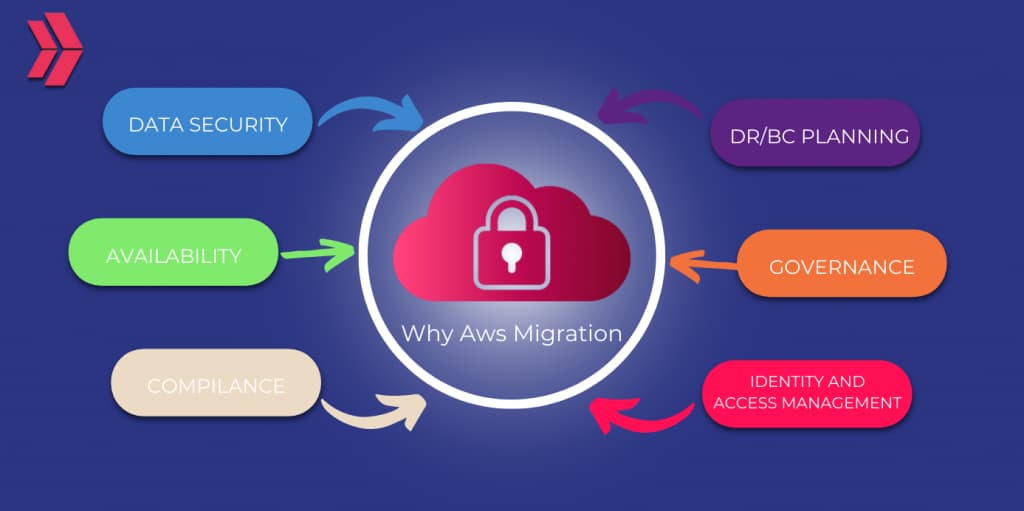
Benefits Of AWS Data Migration
Utilizing the AWS database migration service has a number of advantages, including:
Little to No Downtime or Minimal Downtime
AWS database migration service keeps your source database functioning while continually replicating the changes made during migration. This enables you to move databases with the least amount of disruption to your applications. You can keep your source and target databases in sync even after the migration. Downtime costs businesses $2.5 billion per year.
Supports Popular Databases
The AWS database migration service allows for the transfer of data across the most popular commercial and open-source databases. This includes Oracle, Microsoft SQL Server, MariaDB, Postgres, Db2 LUW, SAP, MongoDB, and more. Among cloud based data migration tools, AWS data migration service is a good choice.
Simple setup or rapid implementation
The migration process starts with only a few clicks and can be completed in a matter of minutes. In most cases, the migration process begins without modifying the source database or installing new software.
Low price
Businesses frequently switch from on-premise databases to cloud databases. An affordable solution for data moving is the AWS database migration service. Infrastructure, as well as staff and knowledge required to sustain it, are all spared. Regardless of how much data your company needs to move, you may utilize AWS migration service for free for six months.
The reliability
AWS DMS comprises ongoing monitoring of your replication instances, source and destination databases, and network connections. The AWS database migration service is a self-healing service; in the event of an interruption, it instantly resumes and takes over. Creating a Multi-AZ (availability zone) replication is another option for disaster recovery.
Automated infrastructure management
Your migration server’s related infrastructure is managed automatically by the AWS DMS. This includes reporting errors as well as hardware, software, and software patching. Embracing the principles of Automation in DevOps streamlines these processes, ensuring efficient and error-free management of your infrastructure.
Scale rapidly
Businesses may scale with AWS at their own speed, increasing their cloud environment as needed to meet shifting business demands and goals. Rapidly expand by investing as little money as possible and forgoing capital expenditure. Only the resources you utilize are charged for.
Updated software
Migrating from a traditional database to a data lake or another adaptable storage method is one of the most common reasons for moving to a new system. A business could decide, for instance, to switch from a classic database to something that can handle big data in a variety of ways.
One reliable source
When systems need to be merged following an acquisition, or if various systems are compartmentalized inside the same organization. It’s difficult to draw conclusions from your data if you have disparate databases that are incompatible with one another. Moving all the data to a single location where it can be accessed by all of the company’s divisions is another frequent justification for data migration.
Greater Security
AWS DMS migrations include security by default. AWS KMS encryption is used to encrypt data while it is in transit (AWS Key Management Service). Your in-flight data is encrypted during migration as it travels from source to target by using SSL (Secure Socket Layers).
Reduced Staffing Needs
Through optimized and automated procedures, you may lessen the need for extra database administration personnel.
Compliance
Reduce the resource commitment required to achieve lower-cost compliance and the risk of compliance fatigue.
What are the types of migration services in AWS?
AWS provides a wide choice of services and partner solutions to help you migrate them.
AWS includes services that can meet your demands for hybrid cloud storage, online data transfer, offline data transfer, and unmanaged data transfer.
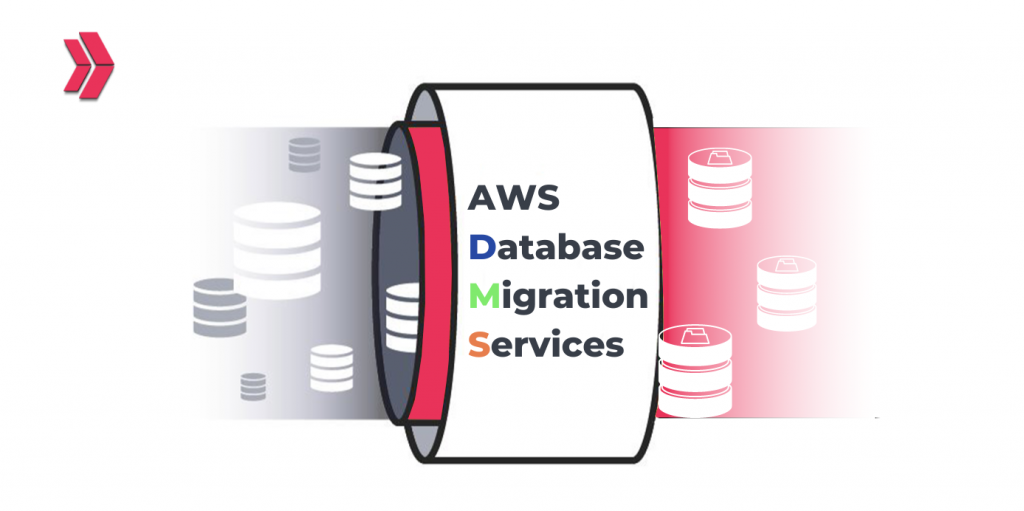
Hybrid Services
AWS hybrid cloud storage systems could be the best option for a company that wants to use cloud storage but has on-premises applications that need low-latency access to their data or you need quick data transfer to the cloud. By bridging the gap between on-premises systems and apps and the cloud, they enable you to innovate with your data while also lowering data expenses and administrative demands. Data transmission using hybrid technology has two choices. They are the AWS Storage Gateway and AWS Direct Connect, respectively.
1- AWS Direct Connect
Your infrastructure and the AWS Cloud are connected securely using AWS Direct Connect. Direct Connect is substantially more expensive than its VPN cousin which uses the public internet. It may be worthwhile to set up a Direct Connect connection for your data center if you want a quick, dependable, and secure channel.
Pricing
With AWS Direct Connect, like with other AWS data transfer services, there is no minimum expenditure requirement and you just pay for what you use. Depending on the size of your dedicated connection, Direct Connect has two hourly price choices. 10G is $2.25 per hour, whereas 1G is $0.30. If you ever want to utilize Direct Connect to transfer data somewhere else, there are further costs to pay.
2- AWS Storage Gateway
Three gateways are available at AWS Storage Gateway: Volume Gateway, File Gateway, and Tape Gateway. Files can be saved in Amazon S3 as persistent objects or in fully managed file shares. The Tape Gateway virtual tape library can be used for long-term tape replacement in S3 Glacier and Deep Archive. Block volumes are backed up locally by Volume Gateway using in-place EBS snapshots. In the cloud, these snapshots may be retrieved.
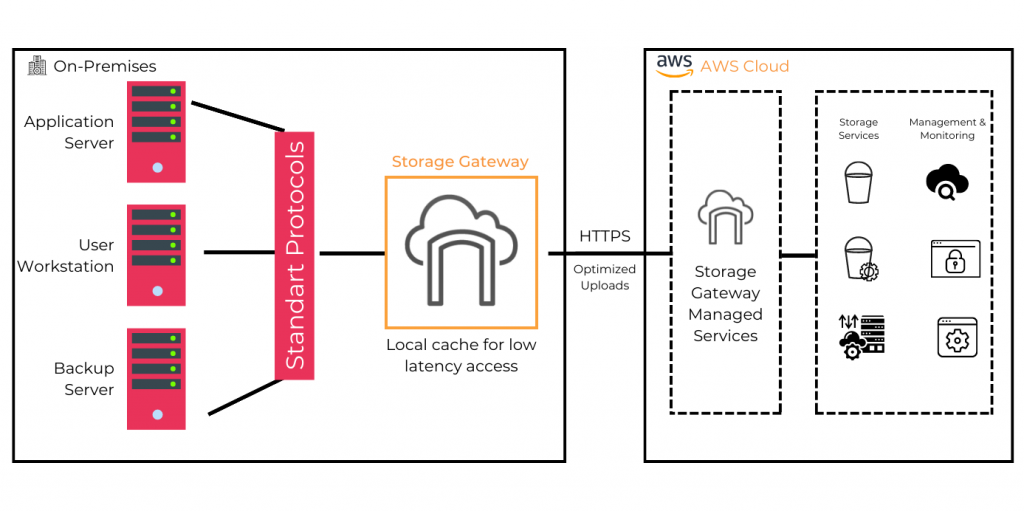
Pricing
The price you pay for AWS Storage Gateway depends on your consumption, the type and quantity of storage you use, the queries you make, and the volume of data you send out. Comparatively, AWS Storage Gateway charges between $0.05 and $0.09 per GB whereas Amazon EC2 charges $0.02 per GB for data transport out to your gateway equipment.
Online data transfer Services
You can send data to AWS online by creating a network connection to the Virtual Private Cloud (VPC) of the company. Three methods are available for online data transmission. These include AWS DataSync, AWS Database Migration Service, and AWS Virtual Private Network.
1- AWS S3 Transfer Acceleration
AWS S3 Send Acceleration, which lets you transfer data over vast distances 50–100% quicker, is recommended by AWS. Data is sent to Amazon S3 through an optimal network channel by utilizing Amazon CloudFront’s geographically dispersed edge sites. The service is ideal for repeating procedures like media uploads, backups, and local data processing.
Pricing
As opposed to some other tools, the AWS S3 Transfer Acceleration service charges based on the amount of data being sent to S3, not the length of the connection.
Data accelerated through edge locations in the US, Europe, and Japan costs $0.04 per GB.
All additional AWS Edge Locations for data acceleration: $0.08 per GB
Transfer Acceleration regularly checks its transfer rates, and you won’t be charged if, for whatever reason, the service doesn’t transport your data more quickly than a typical transfer over a public internet connection.
2-AWS DataSync
AWS DataSync is an online data transfer service to automatically transfer data between on-premises storage and Amazon Elastic File System (Amazon EFS), Amazon S3, or Amazon FSx for Windows File Server. You don’t need to write scripts or change your programs to make them compatible with AWS APIs. It makes use of available network capacity and immediately bounces back from lost network connectivity.
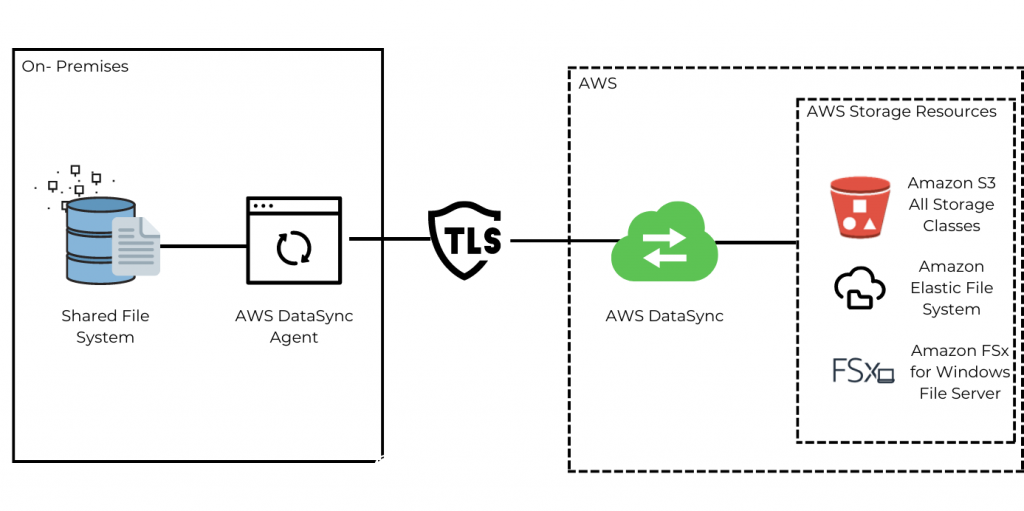
Pricing
You will be charged for using AWS DataSync based on how much data you transmit, at a rate of $0.0125 per gigabyte (GB) of copied data.
3-AWS Transfer Family
Direct file transfers into and out of Amazon S3 are completely controlled with the help of the AWS Transfer Family. It accomplishes this by connecting with existing authentication systems and utilizing Amazon Route 53 for DNS routing.No infrastructure has to be purchased or set up. You may analyze, analyze, utilize machine learning on, and archive data using AWS services.
Pricing
With the AWS Transfer Family, no upfront costs or resource management is necessary. You only pay for access-enabled protocols, the number of messages sent or received on AS2, the amount of data transferred over these protocols, and the terabytes of data moved using SFTP/FTPS/FTP. Each gigabyte (GB) of supplied SFTP data costs $0.2612 to download, and $1,959.00 per hour when FTPS is enabled on your endpoint.
4-Amazon Kinesis Data Firehose
You can get near-real-time insights using your existing business intelligence tools. Amazon Kinesis Data Firehose is a fully managed service that scales automatically to fit the data traffic and doesn’t need continuing management. The data can also be batch processed, compressed, and encrypted before being loaded into Amazon S3 and Amazon Redshift.
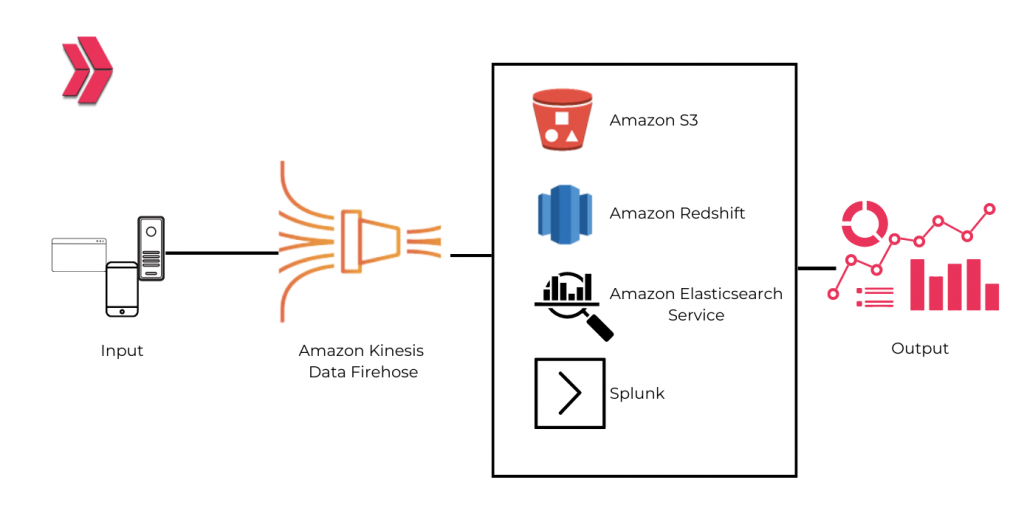
Pricing
Amazon Kinesis Data Firehose prices are determined by the amount of data you input into the service. The exact cost is going to depend on whether you employ dynamic partitioning, VPC delivery, ingestion, or format conversion. There are no setup fees or commitments necessary.
- Consumption begins at $0.035 per GB.
- Conversion of formats: $0.021 per GB
- VPC delivery: beginning at $0.01 per GB
- $0.03 per GB for dynamic partitioning
5- APN Partner Products
Physical gateway appliances that connect conventional backup to the cloud have been developed by AWS in collaboration with a number of industry suppliers. Linking your on-premises data to Amazon’s cloud will allow you to transfer without affecting performance and will keep your current backup catalogs intact.
- Easily combined with existing infrastructure
- will likely offer deduplication, compression, WAN acceleration, or encryption.
- local cache for most recent backups, and AWS Cloud vault for anything
Pricing
AWS will receive a $2,500 yearly charge for the APN Program, which will be completely refunded in $3,500 in AWS credits once we receive the voucher (which should arrive in about a month).
Offline data transfer Services
AWS lets you upload your data to a safe storage medium and send it back to AWS for uploading to its cloud computing platform. Choose between AWS Snowball, a trustworthy, end-to-end protected device with an 80TB capacity, and AWS Snowmobile, a 100 petabyte(pb) store housed in a 45-foot semi-truck. With no need for instant availability, offline systems like Snowball are useful for very huge datasets.
1-AWS Snowcone
AWS Snowcone is the most mobile, compact storage, edge computing, and data transit device. There are options for offline and online data transmission. With AWS DataSync, you have two choices for moving data online from edge locations. You can run compute apps there while also sending the data-containing device to Amazon S3.
Pricing
The service charge covers the first five days of on-site use for any device that is connected to Amazon S3. The included five days you have to utilize the item do not include shipping days. You are charged for each day the gadget is kept if it is kept for more than five days. All AWS regions charge the same per-day rate ($6 for Snowcone and $15 for snowcone SSD).
2-AWS Snowball
AWS Snowball is a travel-sized, very durable device that can hold up to 80 TB of data. The Snowball gadget has 256-bit encryption and a trusted platform module, which makes its thick case tamper-resistant (TPM). Edge computation, data transfer, and edge storage are all possible with AWS Snowball.
Pricing
Snowball charges by the task, which determines how much it charges for its on-demand service. On 1- and 3-year usage contracts, users may save up to 62% while eliminating additional service charges and daily prices completely. For each additional day, the device remains onsite, you will be charged a “per-day cost” of $30–$50. Before you start paying for further days, you have ten days to transfer your data to Snowball.
3-AWS Snowmobile
AWS Snowmobile is an exabyte-scale data movement solution. To move massive volumes of data into and out of Amazon Web Services (AWS), it fits 1,250 AWS Snowball devices inside a 45-foot shipping container. Data transfer using Snowmobile may cost as little as one-fifth of what high-speed internet would. Up to 100PB of data may be moved using AWS Snowmobile in a single trip.
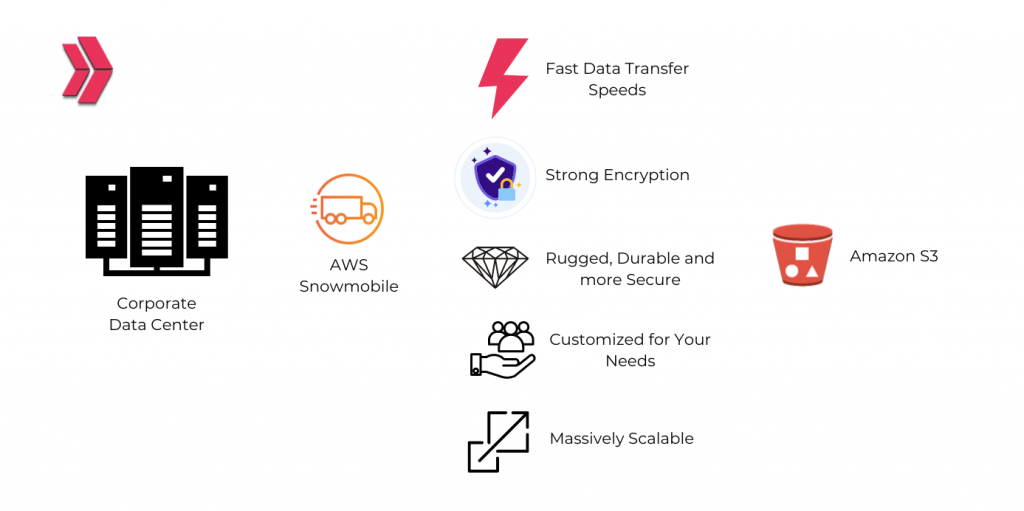
Pricing
Jobs involving snowmobiles are charged a bit differently, with fees based on both the amount of storage needed and the length of the task. You will pay $0.005 per GB each month for Snowmobile. The timer starts to count down when a snowmobile departs from an AWS data center and starts traveling to you. After all of your data has been sent to the AWS Cloud, it is over.
Unmanaged data migration Services
To transfer data from your website into AWS cloud storage, AWS also provides simple scripts or CLI tools.
1- rsync
You have the choice to copy data straight into Amazon S3 buckets using rsync, an open-source program, as well as other third-party file system utilities, depending on your needs.
Pricing
1.5 Cents Per GB / Month for 0 – 99 Terabytes, 1 Cents Per GB / Month for 100-999 Terabytes and 0.6 Cents Per GB / Month for 1+ Petabyte.
2- Amazon S3 CLI
Using the Amazon S3 CLI, customers may build commands to send data directly into S3 buckets. The AWS CLI is a single, open-source tool that is fully maintained and offers a standardized interface for working with all AWS components, including Amazon S3, Amazon EC2, Amazon Virtual Private Cloud (Amazon VPC), and other services.
Pricing
Pay just what you really use. There is no introductory price. When storing and managing your data, you should take into account the six costs associated with Amazon S3: storage costs, request and data retrieval costs, data transfer and transfer acceleration costs, data management and analytics costs, replication costs, and the cost of using S3 Object Lambda to process your data.
3-Amazon S3 Glacier CLI
Customers transfer data into S3 Glacier vaults using the Amazon S3 Glacier CLI.
Pricing
An extremely affordable cloud storage option from Amazon Web Services is called S3 Glacier (AWS). Your data storage costs around $.005 per GB per month or $5 per TB per month. There are several costs in addition to the cost of storage, and if you’re not aware of them, they may quickly mount up.
FAQs about AWS Cloud Data migration
Which service can be used to migrate the database in AWS?
Utilizing the managed database services offered by Amazon Aurora or Amazon Relational Database Service (Amazon RDS) is made easier with the aid of AWS data migration service. Alternatively, it can assist you in switching to Amazon Redshift’s managed data warehouse service, Amazon DynamoDB’s NoSQL platform, or Amazon Simple Storage Service’s inexpensive storage solution (Amazon S3).
Which are the phases of the AWS migration methodology?
There are multiple migration steps involved in rehosting on-premises workloads on the AWS Cloud, as well as construction, testing, and cutover. Every application is created, moved, and verified. With an emphasis on creating your baseline environment and honing your cloud abilities, you address the readiness gaps in your business that were identified during the analysis phase.
What are the five phases of cloud migration?
The five phases of moving to the AWS cloud are Business planning and migration preparation, Investigation and Planning, Creating, Moving, and Validating Applications, and Conduct
What are the phases of cloud migration?
Moving to the cloud involves three stages: planning, mid-shift, and go-live. Planning is likely the most crucial but sometimes disregarded step in the process of successful cloud migration.
What are the steps of migration?
The five AWS migration steps are as follows:
- Planning and Evaluation
- Options for AWS Cloud Storage
- Plans for Migration
- Options for Application Migration
Conclusion
One of the top providers of web and development services is AWS. Although the AWS DMS is reliable and simple to use, it is always good to consult a development partner if you are unclear about which solutions would best serve the objectives of your company. The DMS from Amazon is a fantastic solution that makes it simpler to move databases, especially big ones, from a current server onto the cloud. Of course, utilizing DMS has its drawbacks, but most of them are widely known and simple enough to fix. To learn about AWS services, you’ve come to the correct spot. Attend the Clarusway AWS Bootcamp and do your work easily



